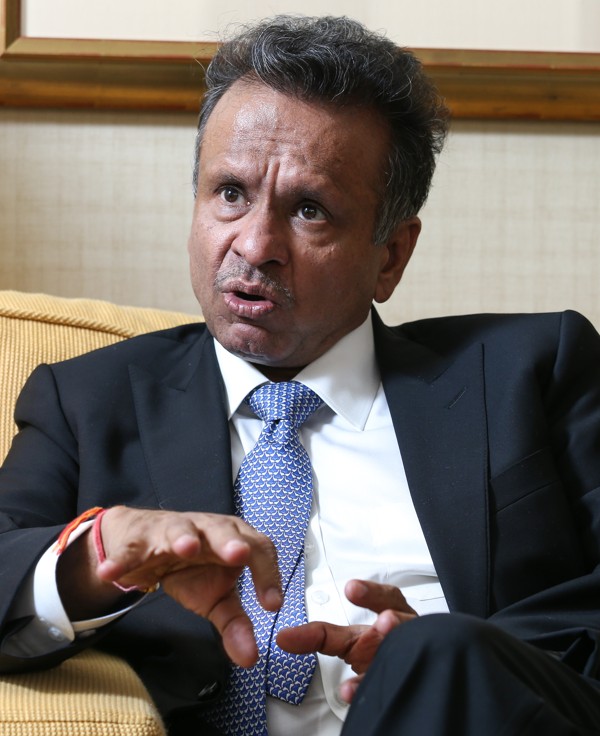
Samsonite to refit stores to make them more inviting to women, appealing to half of humanity
Women travellers could account for 25 per cent of total sales by 2021, and up to 50 per cent in the next 10 to 15 years, Samsonite’s CEO said.
Samsonite International said it’s planning to refit and renovate its 65,000 sales outlets in 140 countries to make them more inviting to female customers, part of the strategy by the world’s largest luggage maker to increase the revenue share by women to 25 per cent by 2021.
“Women are becoming an important deciding force, even for male buyers,” said Samsonite’s chief executive Ramesh Tainwala, in an interview in Hong Kong with the South China Morning Post. Not catering for them would be “leaving money on the table,” he said. Women could account for half of total sales in the next 10 to 15 years, he said.
Almost two thirds of all purchase decisions are made by women, according to research by Samsonite, founded in 1910 and listed in Hong Kong in 2011. The company is already seeing improved sales in its refitted outlets, with growth in Europe doubling to 15 per cent since October.
A successful example can be found at Tumi, the high-end brand that Samsonite bought in March for US$1.8 billion, where women’s share of its sales revenue has risen to 18 per cent, from zero five years ago. Recognising the potential, Samsonite already has a line of luggage that caters specifically to women, called Lipault.

Similar trends are seen in Hong Kong, where sales had been lacklustre due to the dwindling arrival of Chinese tourists. Two refitted Hong Kong stores in the IFC and Pacific Place shopping malls, out of 50 outlets in the city, are the only ones currently showing positive sales. Sales rose for the first time in November after a two-year decline, growing 8 per cent.
“Lipault’s French heritage may offer meaningful potential for female business bags,” said Mariana Kou, head of China education and Hong Kong consumer research at CLSA. “Tumi’s female products could potentially gain more traction in Europe and Asia.”
Asia is Samsonite’s second largest market, contributing US$871.7 million in net sales in the 12 months to September. The region comes after North America, with US$983.2 million in sales, and is followed by Europe and Latin America. But all three other regions are growing faster than Asia, which had only a 15.7 per cent sales growth in the last financial year, slower than North America’s 44.1 per cent and Europe’s 19.3 per cent.
“As Chinese consumers increasingly moved their purchases online, the company found itself losing out along with its traditional wholesale partners - department stores,” Kou said. “E-commerce platforms also tend to do more in promotions, which is challenging for the Samsonite brands since they are positioned as premium designs, and massive discounting hurt the brands.”
Samonsite acquired eBags, a North American online retailer of bags and accessories for travel, in May for US$105 million to expand their online presence. Around 15 per cent of the company’s current revenue comes from online and it is estimated to grow to over a quarter of all sales, catering particularly to the digitalisation of the China market.
“It is definitely our intention to use [eBags] to expand the platform globally,” Tainwala said.
The launch of lower priced brand Kamiliant in 2016 was another way of gaining traction since a loss in market shares, Kou said.
Kamiliant was the latest addition in Samsonite’s expansion from a single brand into a multi-brand group covering different price points, an attempt to “give our business far bigger reach in terms of the market space and makes it far more resilient,” Tainwala said.
Now, Tainwala said, they are more focused on internal growth, “but that does not mean if an opportunity presents itself we will walk away from it.”
.


